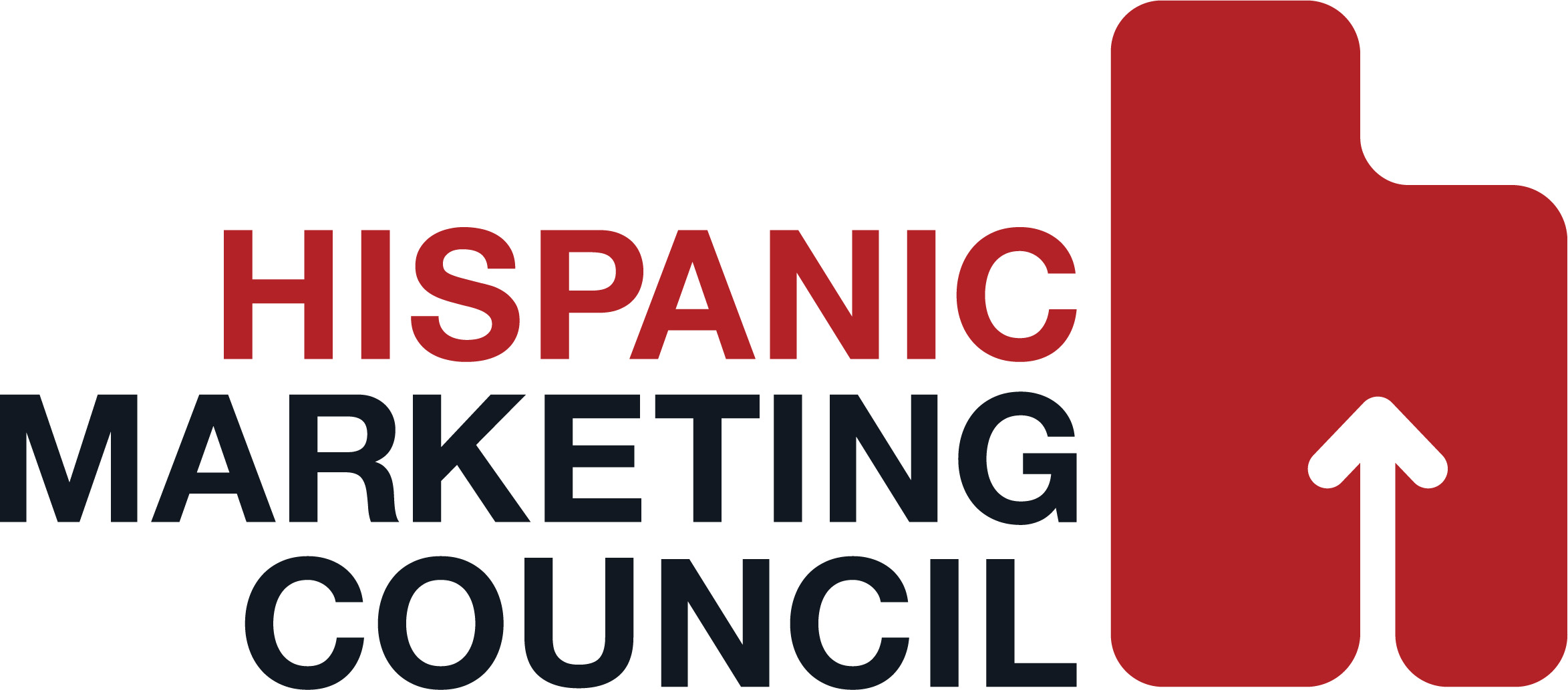Convergence fight far from over.
June 26, 2006
Cable TV providers seem to have pulled slightly ahead of their telecom competitors in providing unified service packages that combine voice, video, data and wireless services, but their lead might prove to be short-lived.
The two industries are racing to combine services from their traditional strengths — as well as the others’ — into comparatively low-cost service bundles that offer consumers savings and the convenience of dealing with a single service provider.
Both cable and telecom providers hope that as voice and video technologies become completely digital, a single company can control the information “pipe” leading into homes, retaining market share through so-called “triple-play” or “quadruple-play” bundles that combine voice, television, Internet access and sometimes wireless services.
“Cable companies see IP telephony partly as a means to protect their subscriber base by offering as many services as possible, and partly as a means for profitable growth,” says Michael Percent, a KPMG audit partner in Melville, N.Y.
“Providers are offering triple-play or quadruple-play services because they want to keep as many touch-points with subscribers as possible, to minimize churn rates” Percent says. “Also, since the U.S. population is more or less stable, so there’s not much room for expansion just by adding new customers. So expanding services to existing subscribers represents a high-margin growth opportunity.”
To compete against telecom firms, cable operators are offering voice over Internet protocol (VoIP) services that typically feature unlimited local and long-distance calling throughout North America, as well as TV and Internet access, for a fixed monthly fee that typically starts as low as $100 for an introductory period.
“Customers don’t want to see metered billing, and that’s a key differentiator for cable voice services,” said Patricia Gottesman, executive vice president of product marketing and management for Cablevision Systems, based in Bethpage, N.Y., at a telecommunications industry conference organized by Standard & Poor’s in New York.
“The fact that cable voice service is feature-rich is popular with customers, but the flat-rate calling is what [primarily] drives this product set,” she said. Gottesman said about 20 percent of customers in Cablevision’s markets have subscribed to voice services.
Rodger Johnson, president and CEO of cable provider Knology, based in West Point, Ga., said about 44 percent of his system’s customers had subscribed to the triple-play combination of video, voice and high-speed Internet access at an average cost of $118 a month.
Eric Geil, a director at Standard & Poor’s, said the emergence of cable-provided VoIP represents another competitive threat to local landline providers, who have been losing revenue from former home customers relying exclusively on wireless and those disconnecting second lines purchased for dialup Internet access in the late 1990s.
“So far, the local wireline carriers have held their own, but VoIP represents a threat to their core business because VoIP is not an additive business,” Geil said. “VoIP offers savings on [something] consumers consider an essential service. High-speed data access is more of a discretionary service, while VoIP has a broader appeal.”
According to an FCC report issued in April, about 4.6 million U.S. telephone lines were provided by coaxial cable connections as of June 30, 2005. These were part of the 34.1 million lines offered by competitive local exchange carriers. In contrast, incumbent local exchange carriers provided 144.1 million traditional lines.
Several major cable firms are also offering wireless services, often reselling services from national carriers such as Sprint Nextel Corp.
Marco Rustici, senior director of telephony and Internet marketing for cable provider Mediacom Communications, based in Middletown, N.Y., said that in addition to including telephone features such as caller ID and voice mail, cable operators are also exploring advanced services such as displaying caller-ID data on TV screens and selling customized ringtones for home phones.
Geil said because Internet-protocol telephony is more efficient than traditional switch-based telephone services and is regulated more loosely, cable providers can generate profit margins of up to 40 percent on VoIP services, giving them considerable pricing flexibility.
In response to the challenge, traditional telecom firms have been investing in video delivery. As a short-term strategy, most major telecom providers have partnerships with satellite TV providers to resell programming along with voice and wireless services, as well as Internet access.
Long-term, telecom providers are investing in IP television (IPTV) services. For instance, Verizon Communications is offering fiber-based programming in parts of seven states, while AT&T plans to launch IPTV in 13 states this year.
Telecom carriers also enjoy other advantages, such as the ability to provide a stable dial tone to the vast majority of the homes and businesses in the United States.
But KPMG’s Percent says that as VoIP technology continues to improve, this advantage may fade.
“There’s a consumer perception out there that switch-based telephone service is always there and always on, while cable TV service may still have a spottier reputation,” Percent says. “But the reality is that the cable providers have worked out many of the bugs from their networks and the reliability is pretty high.”
According to Pew Internet & American Life Project, about 84 million Americans had broadband Internet access at home in March 2006. About half of those users have DSL connections, with cable modems accounting for 41 percent of the U.S. home-broadband market.
Another challenge cable providers have to overcome is a consumer perception that providing excellent customer service hasn’t always been the first item on the industry’s to-do list.
“Cable providers would argue that over time, they’ve reversed that [perception] and the problems are largely a thing of the past,” says Carl R. Geppert, Denver-based partner and industry leader for KPMG’s communications and media practice. “But brand reputation, customer satisfaction and service reliability will be the critical issues in determining the ultimate winners and losers in this battle.”
Another potential threat to cable companies offering VoIP services could come from regulatory changes. Generally speaking, cable firms are free to offer voice calling because the FCC classifies VoIP technology as an information service. In contrast, telecom firms looking to enter the video business have to negotiate franchise agreements with specific municipalities.
Both of these issues are part of ongoing debates in the U.S. Congress to update the nation’s telecommunications laws.
“There’s uncertainty about how this ultimately gets regulated, and if the regulatory landscape changes, that will significantly alter the marketplace,” Geppert says.
By Dave Pelland, Managing Editor, Technology Insider
Courtesy of http://www.kpmginsiders.com




























